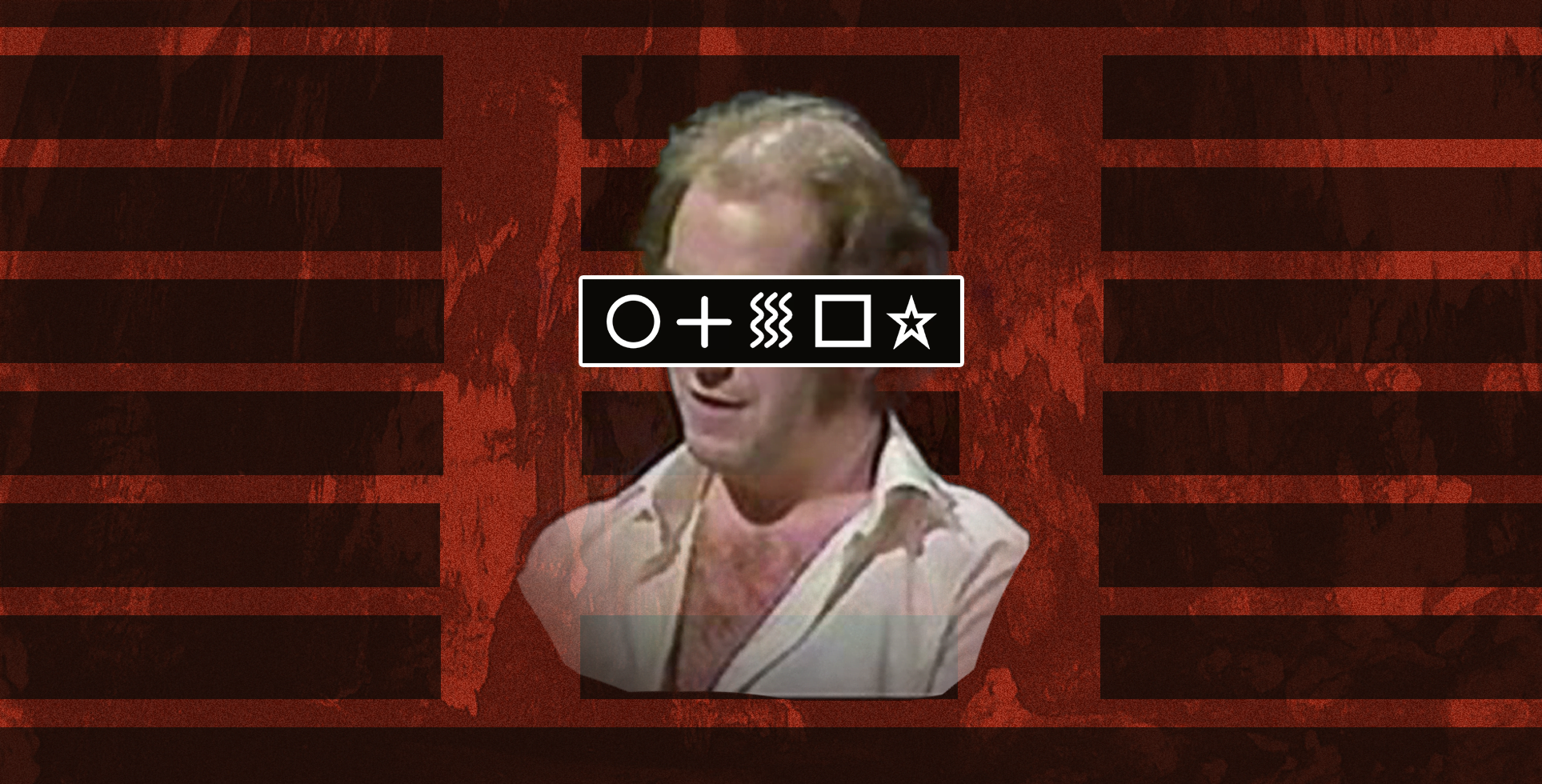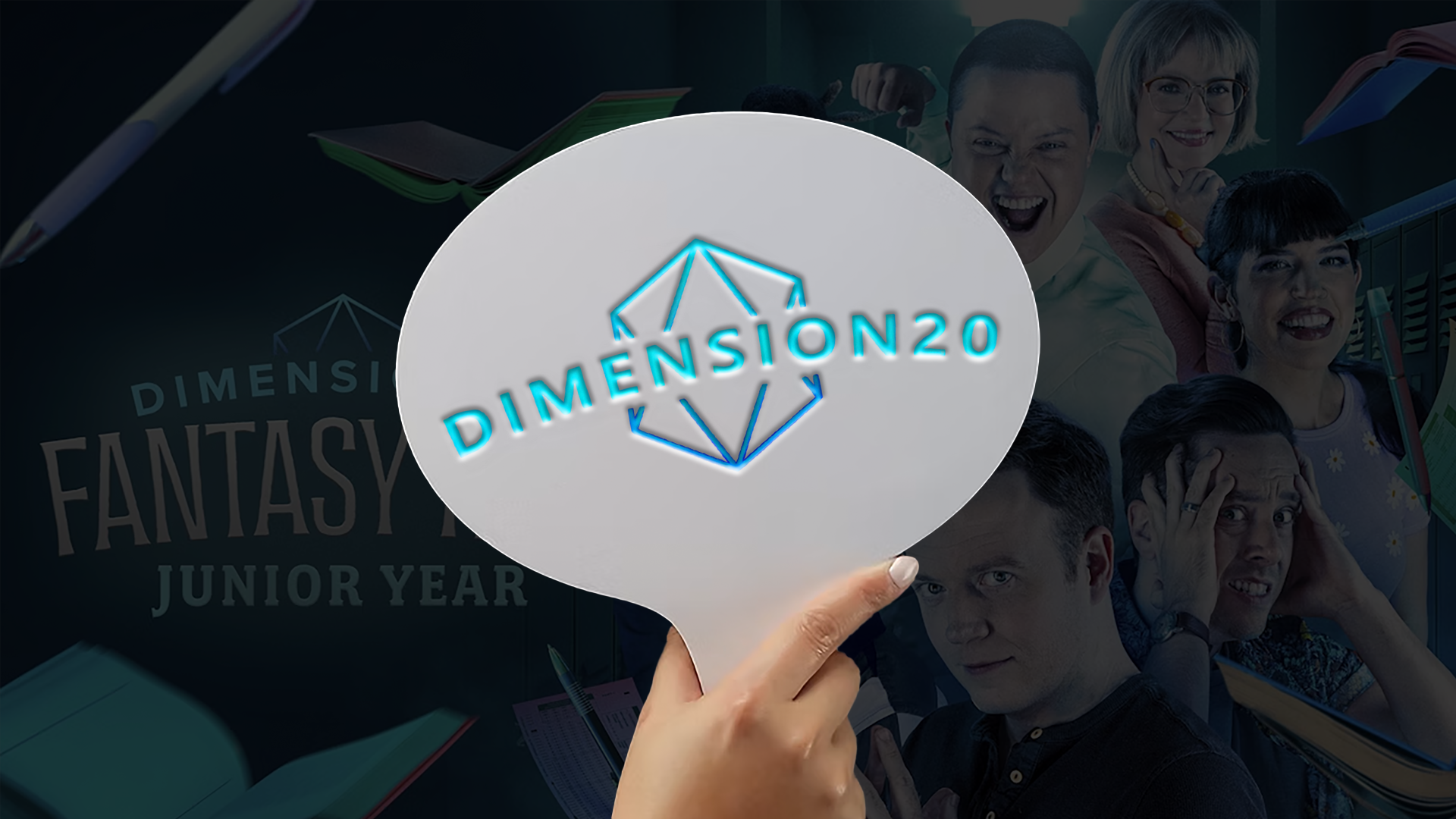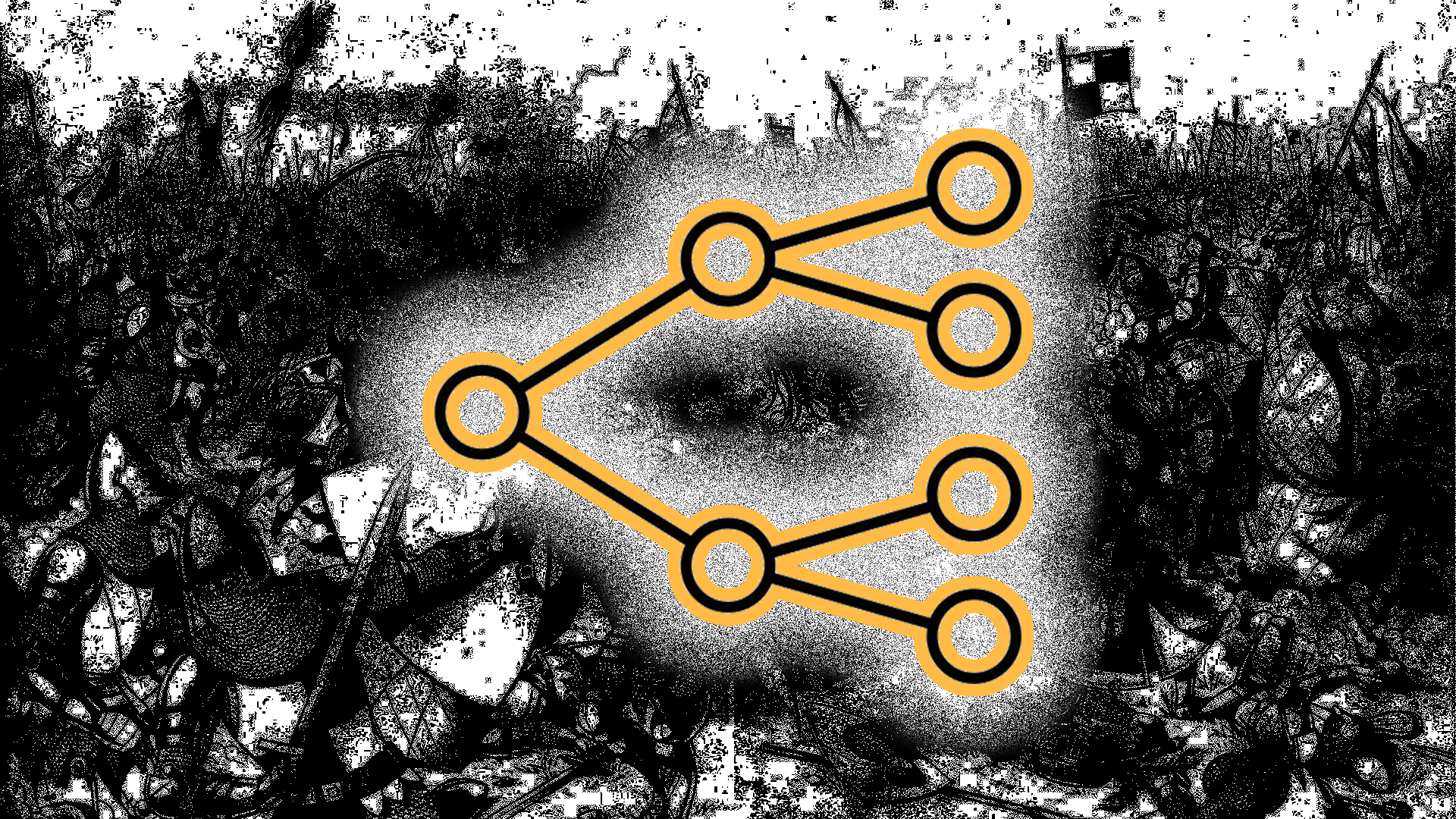Cambridge experimental parapsychologist by day and Dungeons and Dragons Freelance writer for TSR and Games Workshop at night. Carl Sargent certainly had quite the resume under his belt until his mysterious disappearance in 1995, where he was never seen again after his disgraceful controversy.
This article was presented to us by r/athan_untapped on Reddit. If you have a story you’d like us to cover, comment below or join our discord.

If Sargent’s findings were removed from this database it would be considerably weakened as evidence for psi [psionic abilities].
-blackmore 1987
Who was Carl Sargent?
Carl Sargent came into the world in 1952, hailing from Caerleon, Monmouthshire. Sargent would attend school in the South Wales region and then in the West of England.
Having found the limits and abilities of human consciousness to be incredibly interesting, he would go on to study at Cambridge where he majored in natural sciences in 1974. There Carl Sargent would continue his academic journey in getting his PhD in parapsychology at the Psychological Laboratory of the University of Cambridge. Not only is getting your PHD impressive effort by itself, but he would be the first student ever to receive this doctorate from Cambridge.
What is Parapsychology?
Parapsychology is the study of psychic phenomena and other paranormal claims within the human consciousness. While many serious scientists consider it a pseudoscience similar to phrenology, Carl Sargent believed that it was not only real but could be studied and put into quantitative practice.
Although Sargent was a trailblazer at Cambridge and the world at large, his career (both in parapsychology and fantasy writing) would come to a disappointing end. But there is no need to rush, we have some other things to cover before getting to that point.
Introduction to Dungeons and Dragons
While Carl Sargent was coming ever closer to achieving his doctorate, his journey would be interrupted when his friends introduced him to the world of Dungeons and Dragons in 1978.
Tactical Studies Rules, otherwise known as TSR and the company that officially published Dungeons and Dragons, had set up a UK branch in Cambridge. Perhaps the influence of the D&D community had shifted over to the university and Sargent found entertainment and camaraderie with the optional ruleset for psi powers that came out in the original Players Handbook.
After being introduced to a new passion and graduating with his PhD in parapsychology, Carl Sargent would remain within the walls of Cambridge to teach but primarily research psionic abilities.

Pursing Psionic Abilities
Carl Sargent made significant contributions to the field of parapsychology during his time at Cambridge University, focusing particularly on the research and study of psionic abilities. From 1979 to late 1987, he was a driving force behind numerous pioneering efforts aimed at investigating and understanding the existence of psionic powers. Throughout this period, Sargent produced several noteworthy studies that sought to validate the presence of these abilities, even if this meant employing less than rigorous scientific methods and experimental protocols.
Sargent’s work during these years was marked by a commitment to advancing the scientific understanding of parapsychological phenomena. His studies often delved into various aspects of psionics, such as telepathy, psychokinesis, and other related abilities, and he aimed to provide robust evidence that could support the existence of these extraordinary capabilities. Through his persistent efforts, Carl Sargent played a pivotal role in the development and recognition of parapsychology as a legitimate field of scientific inquiry at Cambridge.


Total Party Kill Productions
Delve into the Dungeon
Step into the world of adventure with these Dungeon Delver Club shirts—the depths are calling, answer the call!
Carl Sargent and ESP
From many different accounts, it was noted that Sargent was a trailblazer in the field of extrasensory perception (ESP) experiments, with half of all notable and significant studies contributed to him. He even wrote a book with Hans Eysenck called Explaining the Unexplained, which laid down a “good overview the experimental work being carried out at the time, along with a discussion of poltergeist, metal bending and survival research.“.
While to some this may seem pretty comical (guilty as charged), Sargent and Eysenck were generating pretty pertinent results using the Ganzfeld technique and their army of student volunteers that were being paid £2-£3 pounds per experiment.
What is the Ganzfeld Technique?
This model was developed by German psychologist Wolfgang Metzger (with Ganzfeld being derived from the words “entire” and “field”) and was popular with experimental psychology experiments in the 1970s and 1980s.
To carry out the experiment, the participant is placed in a dark room with a comfortable chair. After they are settled in, halved ping-pong balls are placed over the eyes of the subject. Following this, a red light is shone on them and the subject will have headphones playing white noise placed on their ears. Over the 30-minute session, the subject will be shown a target by the sender (the one experimenting) and try to mentally send this information to the receiver (the subject in the sensory deprivation room). This is all to guide the participant into a state of sensory deprivation that is supposedly leading them to deeper levels of ESP performance that would have increased successful results.
After participants enter a “psi-conductive” state, they leave the room and must choose between the target mentally sent to them while they were in the deprivation room and three decoy targets. With dozens of trials, the expected rate of choosing the correct target by random chance is 25% (or 1 in 4). Why is this important? Because Sargent’s tests showed a 40% success rate, nearly double the expected rate if the choices were random. While this isn’t concrete proof, this was really pushing people to look into his results and raise the argument that ESP could actually be real.

These are the types of experiments that Sargent would carry out, but they wouldn’t be the only things guiding his results. Carl Sargent would argue that other things were guiding these results.
Alongside Trevor Harley, a very influential psychologist in the field of consciousness, they proposed that personality traits could influence their ability to sense ESP and put it into practice. They gave 186 college students short personality tests (150 in two groups and 36 by themselves) and found results proving useful in increasing the odds.
Instead of butchering their results, here are their round-about findings:
High-neurotic individuals scored significantly below chance when tested individually, while low neurotics scored non-significantly above chance. When tested in groups the patterns reversed, with high-neurotics scoring somewhat better than the low neurotics. Sargent explained these differences by situational anxiety levels. When high-neurotic individuals are tested individually they become self-conscious, which raises levels of arousal and mental noise, tending to swamp any weak psi signal. When tested in groups, the high-neurotic individual can lose herself in the crowd, reducing anxiety and mental noise levels and enabling improvements in ESP test scoring.
-Sargent (1981)
If you got lost like I did, in simple terms it means that those with situational anxiety are labeled as high-neurotic, and when placed in a group setting they can lose themselves and blend in, leading to reduced mental noise and higher ESP scores. While there is much more to why his results were better than others, this was a big part of it.
Sargent would continue his rise in the field of parapsychology for years, his career would soon become a blemish when Susan Blackmore visited Sargent’s laboratory in the late 1980s.

Controversy
In 1979, Susan Blackmore went to Sargent’s laboratory to examine the Ganzfeld experiments in person to see the 40% success rate that had convinced so many that psionic powers might be a real phenomenon.
Blackmore, who is a psychologist best known for her work The Meme Machine (a book that studies memetics, not pepe), sat in on thirteen different experiments and found a variety of mistakes within the testing itself.
Items such as missing envelopes and biased randomization piles, which Sargent attributed to accidental errors were several of the factors that caused Blackmore to be cautious of the results from this lab. Despite her efforts, Sargent did not provide a satisfactory explanation or access to raw data for further analysis. This led Blackmore to suggest that Sargent’s results should be viewed with caution. Blackmore’s findings cast doubt on the strength and reliability of Sargent’s contributions to the Ganzfeld psi database, which constitute a significant portion of the evidence for psi phenomena and proof to many ESP believers.
If you are a keen-eyed reader, you might notice that Blackmore waited EIGHT YEARS to publish her observations. Which, while I may not be familiar with the etiquette of the psychology field, this still seems like an extremely long time. Blackmore responds to this though, stating several reasons. “I did not wish to publish something which discussed the hypothesis of cheating, (a) while there were still promises that others would supply alternative explanations for my findings and (b) while there was still some hope that further evidence would come to light.” (Blackmore 1987).
You can read her article here on her visit and findings in Sargent’s laboratory.
The Resulting Fallout
Blackmore’s observations almost entirely discredited Carl Sargent’s work stating that he “deliberately violated his own protocols and in one trial had almost certainly cheated”.
This would lead Carl Sargent to leave the field of parapsychology altogether in 1987 and turn to something unexpected: Dungeons and Dragons (This is a dnd blog people! It was coming sooner or later).
In view of Sargent’s unwillingness to explain the errors found, or to make his data available to other researchers, I suggest that these results should be viewed with caution.
–BLACKMORE 1987
The Return to Role-Playing Games
In the aftermath of all of the drama, it seems that Sargent never really gave up his hobby and found a new career in the ashes of his old one. As mentioned before, TSR had a branch in Cambridge which I am sure had some influence on him.
In 1988 Sargent submitted an article to Imagine Magazine, a British monthly magazine that focused on Advanced Dungeons and Dragons. This led TSR UK to reach out to Sargent and bring him onto the team. Sargent would continue to work with the same crew and shift over to Games Workshop while doing freelance work on the side.
Keith Martin Pseudonym
An interesting piece of information I found was that Carl Sargent actually went by the pseudonym Keith Martin. While an author going by a pseudonym isn’t the craziest thing to occur, I can’t help but think if it had anything to do with the recent events in parapsychology.
However, with deeper research and a list of publication dates, this doesn’t seem the case.

Greyhawk
As his resume grew, his notoriety and work were becoming better and more loved by fans. This would even lead to TSR inviting him on to work in the famous setting of Greyhawk as a freelance designer up until Sargent disappeared in 1995. While he may have left parapsychology behind, his psionic leanings can be seen in his work:
Spinning Helix of the Archmages (a paranormal phenomenon that aids in divinatory powers)
Doomgrinder (another divinatory mystery)
Zendreldra’s Tower (crazy psychic crone who predicts a great flood)
(similarities pointed out by Mike Bridges on greyhawkery.blogspot.com)
Night Below: An Underdark Campaign
One of Carl Sargent’s best works was Night Below a boxed set adventure for the second edition of Advanced Dungeons & Dragons. The set included three 64-page books, 26 player handouts, an eight-page Monstrous Compendium supplement, eight referee reference cards, and three double-sided full-color maps.
Reception from Arcane magazine rated it 9 out of 10 in 1996, praising its engaging plot, combat-focused gameplay, and suitability for various campaign settings. He noted the adventure’s demanding nature for Dungeon Masters due to numerous spell-using foes and potential allies but concluded it offers an exciting and challenging experience for most players. This would be his last piece of work before he disappeared from both the DND and the parapsychology world. Never to be heard from again.
The Disappearance of Carl Sargent
While there is not much known about what happened after Sargent left the face of the earth, we do have some rumors. This is what the dungeon master’s Guild official product history in the listing for the campaign:
Night Below was Carl Sargent’s last work for TSR. Around the same time he was hired by FASA to become the new line developer for their Shadowrun game. He left Nottingham, to catch a plane to Chicago to accept the job … and was never heard from again.
– Dungeon Masters Guild
Various reports have speculated that he was in a car accident, that he suffered some other “medical problem”, or that he purposefully disappeared. None of this has been confirmed. Some reports suggest that even his family doesn’t know what happened to him. In any case, since 1995, Sargent has been gone from the industry (and from his professional career).
Paizo editor Erik Mona made a new attempt to track down Sargent in the early ’10s and had one of “Sargent’s most frequent collaborators,” tell him: “I’ve always thought that if people want to disappear, they should be allowed.”
Some even say that after Carl Sargent moved to Chicago, he rescinded the job offer and did something else… we have no idea what.
Reemergence
To add to the mystery, the only other substantive piece of evidence that was given to fans following this case was Carl Sargent’s obituary which popped up across several websites such as the Society for Psychical Research and Funeralguide.co/uk, a predominant website where users can pay their respects for the recently deceased.
That is all we know for now. Thank you for joining me on this journey.
Halt!
Take A Moment and Support Knight’s Digest!
Adventurers, if you’ve enjoyed the content we’ve worked so hard to create, we humbly ask for your support. Running Knight’s Digest takes countless hours of dedication, creativity, and passion, and we’d love your help to keep our dungeon full of treasure (and coffee).
If you think we’ve earned it, consider donating to help us continue crafting the stories, resources, and ideas you love.
Make a one-time donation
Make a monthly donation
Make a yearly donation
Choose an amount
Or enter a custom amount
Your contribution is appreciated.
Your contribution is appreciated.
Your contribution is appreciated.
DonateDonate monthlyDonate yearlyClosing Remarks
If you want to read another article where a prominent voice in Dungeons and Dragons disappeared without a trace, I recommend checking out my other article: The Mysterious Disappearance of D&D’s Greatest Artist. Join our discord and newsletter for more D&D articles and interesting stories!
Resources
- https://en.wikipedia.org/wiki/Carl_Sargent
- https://www.dmsguild.com/product/17087/Night-Below-An-Underdark-Campaign-2e?term=night+below
- https://greyhawkery.blogspot.com/2012/10/explaining-unexplained-carl-sargent.html
- https://en.wikipedia.org/wiki/Night_Below
- https://officialfightingfantasy.blogspot.com/2018/11/carl-sargent-1952-2018.html
- https://www.spr.ac.uk/news/carl-sargent-19522018
- https://greyhawkonline.com/greyhawkwiki/Carl_Sargent
- https://psi-encyclopedia.spr.ac.uk/articles/carl-sargent#Early_Career
- https://en.wikipedia.org/wiki/TSR,_Inc.
- https://en.wikipedia.org/wiki/Ganzfeld_experiment
- https://en.wikipedia.org/wiki/Zener_cards
- https://en.wikipedia.org/wiki/Susan_Blackmore
- https://www.susanblackmore.uk/articles/a-report-of-a-visit-to-carl-sargents-laboratory/









